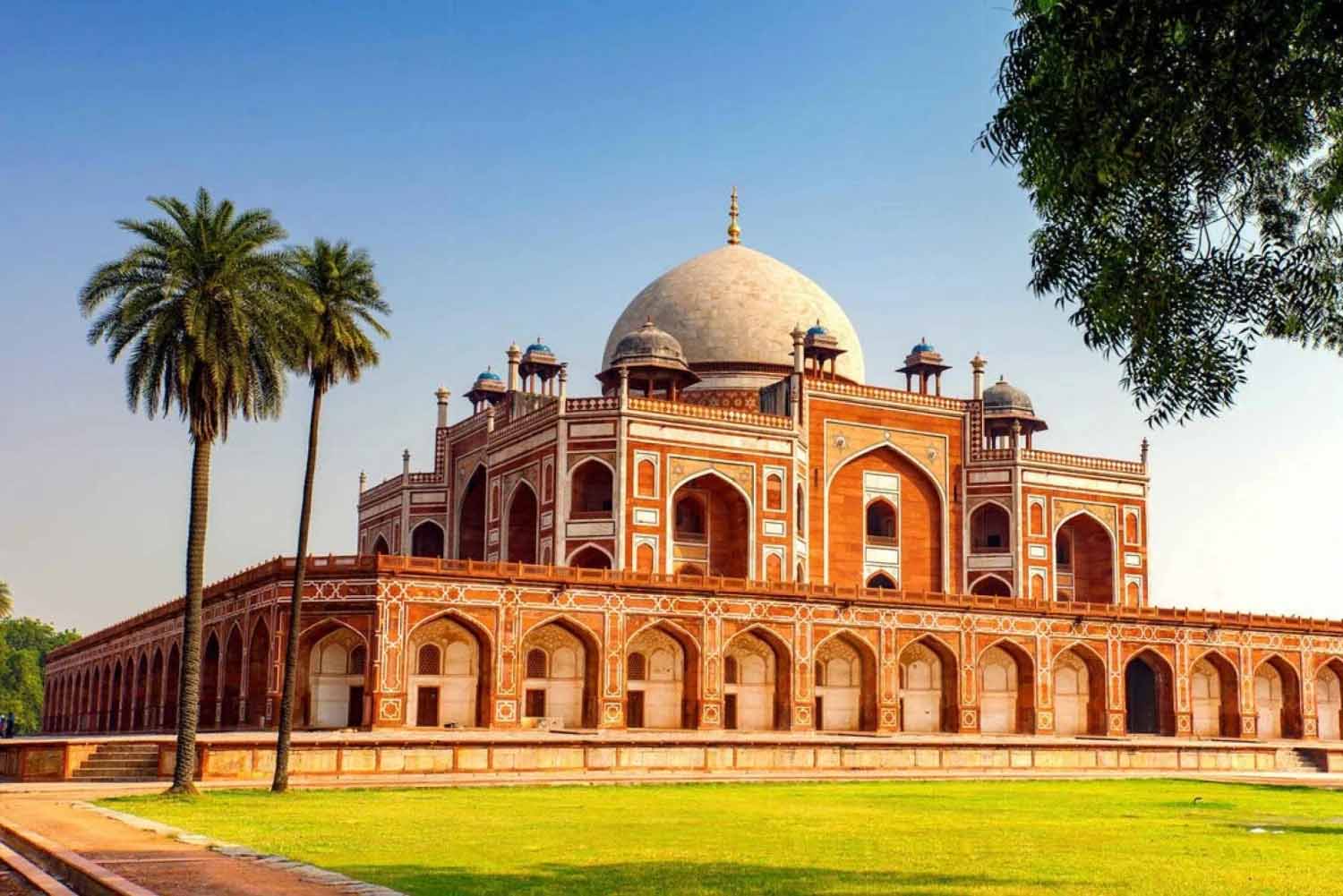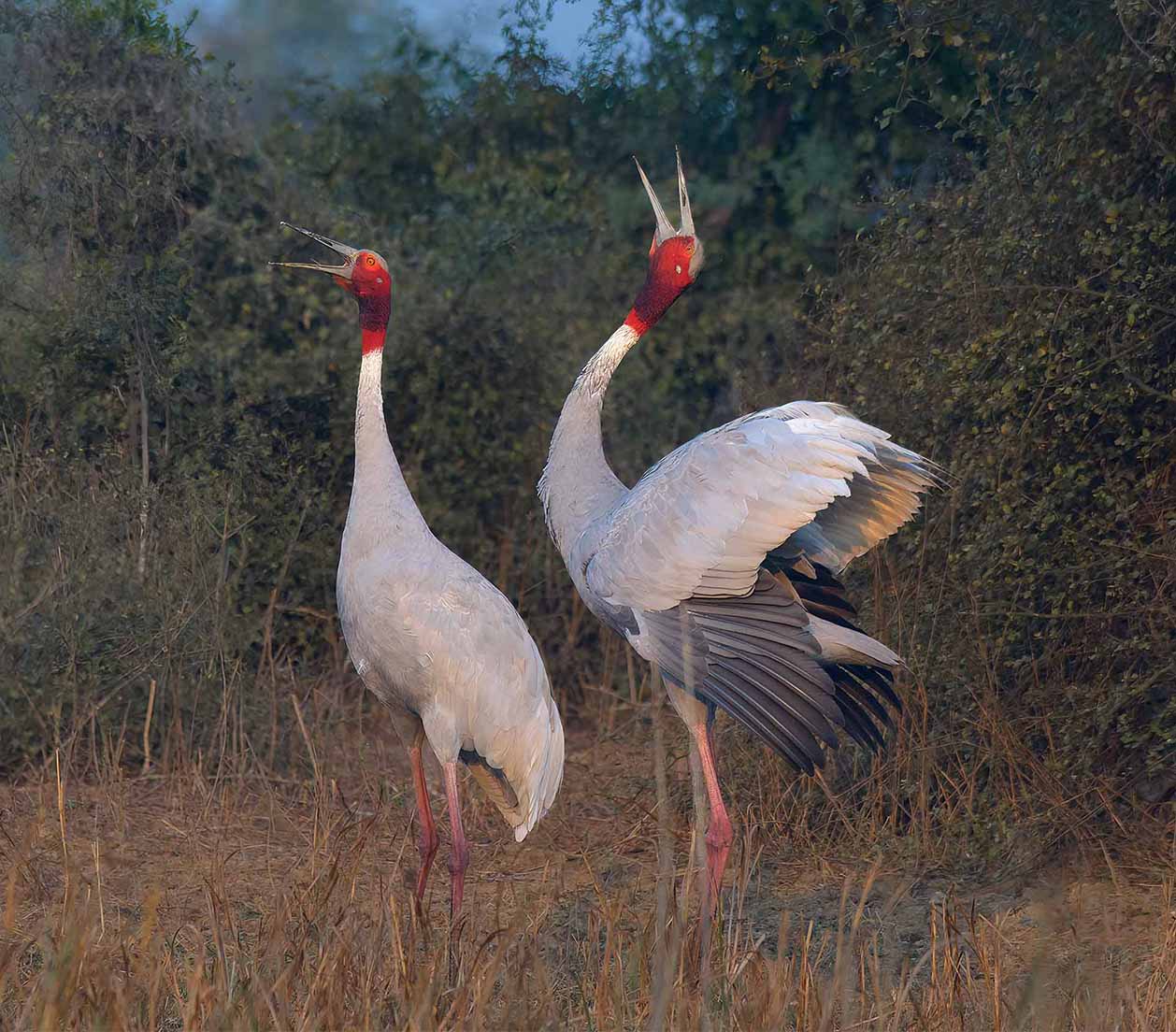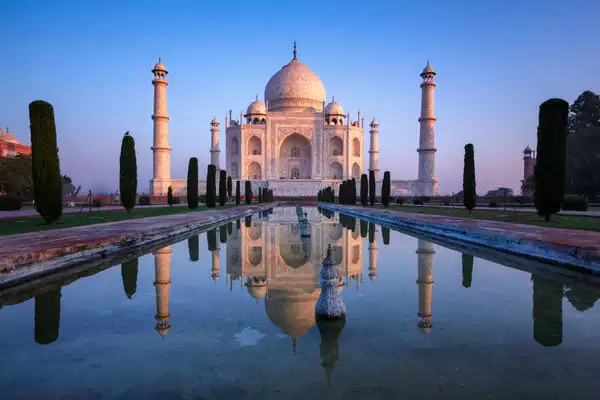Ranthambore National Park
Famous For
Tiger
Special Attraction
Ranthambore Fort
Peak Time
November – March
Best Time To Go
October – April
Famous of all the reserve in India Ranthambore is the former hunting ground of the Maharajas of Jaipur. The National Park is situated in Eastern Rajasthan in the Aravali hill ranges. The park was named after the Ranthambore Fort that occupies the principal position in the centre of the national park. This 10th century fort built by the Chauhans, is probably the oldest existing fort in Rajasthan and particularly in the Malwa plateau. Home to majestic Bengal tigers, elusive leopards, and a myriad of other wildlife species, Ranthambore offers thrilling safaris and immersive wildlife experiences.
Where Wild Majesty Meets Ancient Splendor
Tours to Ranthambore & Beyond
Things To Do

Game drive
Jeep Safari in Ranthambore National Park will excite you by giving you a chance to see wildlife animals in their natural environment. There are two safaris in the day, one in the morning and another in the afternoon. The tour lasts for 3.5 hours by jeep (open top roof gypsy) or canter (open top roof bus). You can choose to travel in the park, either in a 20 seater open canter or 06 seater open top roof jeep, both of which have been re-fitted and furbished for good viewing and comfort.
Ranthambore Fort
You can visit the Ranthambhore fort which is believed to have been built in 944 A.D. by a Chauhan ruler. It is strategically located on the border of Rajasthan and erstwhile Malwa. The undulating topography of the surrounding forests was used as an outer defence to the advantage of the fort. It was one of the strongest forts of Northern India.
The fort had many buildings inside of which only a few have survived the ravages of wars and time. Among the remaining ruins, the two pavilions, Badal Mahal and Hammirs court and parts of the royal palace give an idea of the old grandeur. For water supply there are two rain fed reservoirs in the fort.
The fort also has an old temple devoted to lord Ganesh which attracts a lot of pilgrims and visitors.
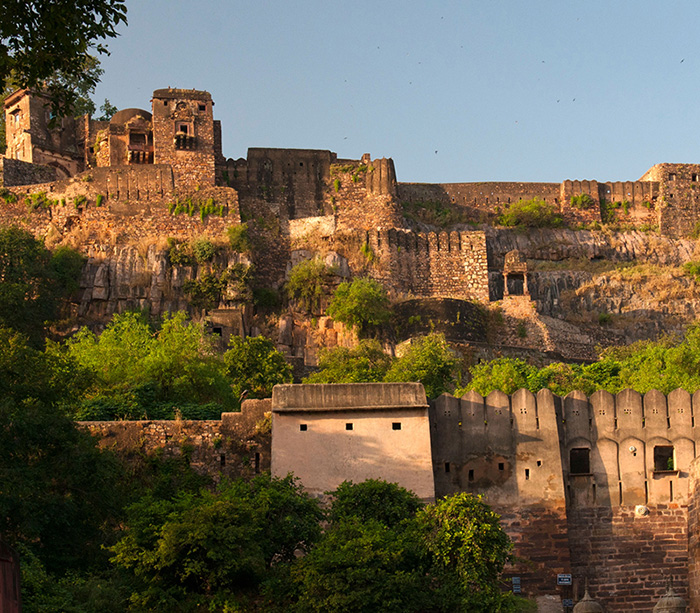

Dastkar Craft Centre
This workshop and outlet located beyond the park entrance, is well worth a visit. The organisation helps to empower village women, who gain regular income by selling their textile and embroidery work. Many attractive handicrafts are on sale, including saris, scarves, bags and bedspreads. Another outlet is located about 3km from the train station.
Rajiv Gandhi Regional Museum of Natural History
It is spread over an area in 7.2 acres of land. Village Ramsinghpura is around 9 km away from Sawai Madhopur. This museum was conceived to highlight the natural heritage, plants and animals of the western region of the country, besides acting as a resource center for public in general and children/student in particular. The gallery has digitally mounted panels, interactive exhibited and photographic depiction of wildlife, besides important dioramas on different themes highlighting human interface with nature in his/her efforts for conservation of nature and natural resources. It also includes a diorama of the Bishnoi community, famous for sacrificing their lives to save trees.

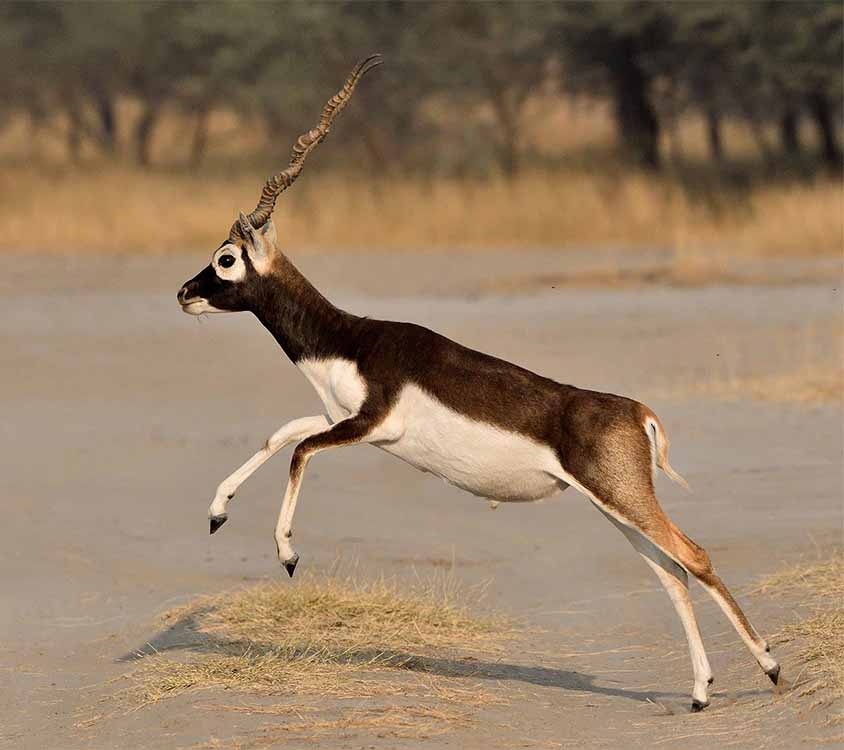
Blackbuck Tour
Village Devpura, located approximately 14 km from Sawai Madhopur, is a haven for the beautiful blackbuck (Antilope cervicapra), an antelope species native to the Indian Subcontinent. These graceful animals roam freely in the rural village area, as they are not found within the National Park. Blackbucks typically inhabit open plains in herds of 15 to 20, led by a dominant male. Known for their incredible speed, they can reach over 80 km/h (50 mph).
A visit to Devpura not only offers a chance to see these magnificent creatures but also provides an opportunity to experience the tranquil village life and culture. You can take a leisurely walk around the village, observing local crafts such as bandhani and lahariya textiles, block printing, silver jewellery, woodwork, and carpets made by local women.
Best time to visit
The winter season between October and March is considered the best time to visit Ranthambore National Park due to the pleasant weather condition when the temperature ranges between comfortable 10℃ and 30℃. During this season, animals can be seen in the broad daylight basking under the sun.
In the months between April and June (summer season), Ranthambore experiences hot weather with mercury rising up to 40℃. The month of April is still comfortable with temperatures not exceeding more than 30 – 35℃. However, May and June are extremely hot months. During the summers though, one has more chances of sighting tigers and other animals who frequently have to visit the water holes to keep themselves hydrated
In the monsoon season between July and September, many of the zones of Ranthambore National Park remain closed for the visitors. The core of the national park with Gates 1 to 5 remain closed in the monsoon; the buffer zone with Gate 6 to 10 remain open in this season.

